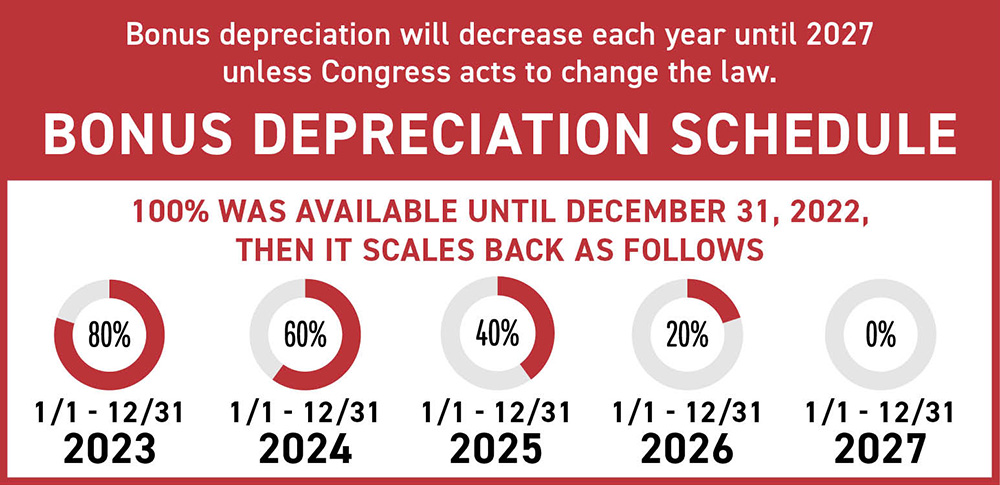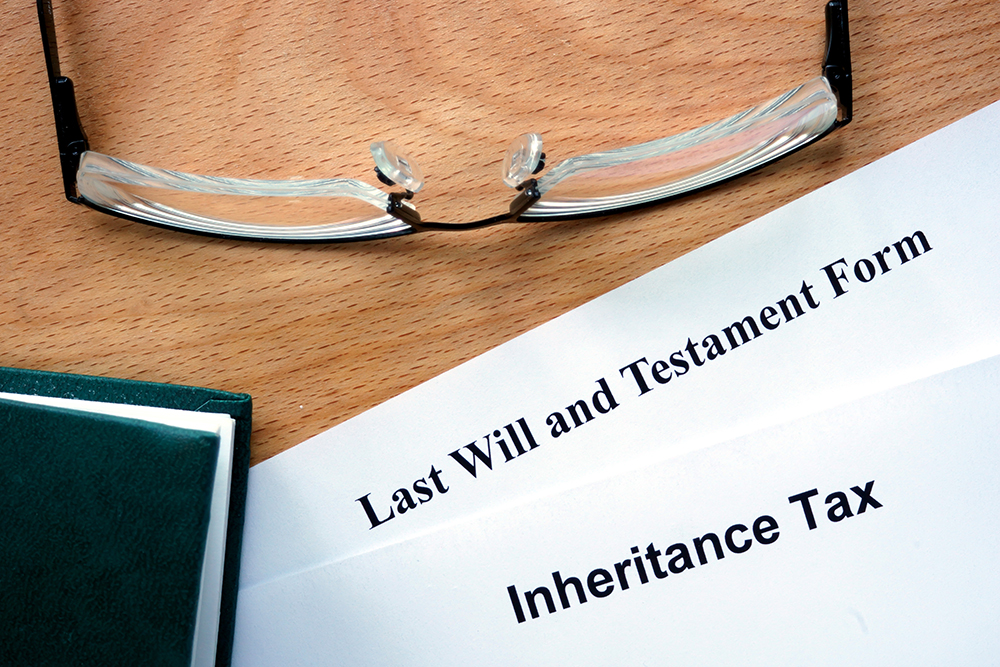
Gary started receiving short-term disability insurance proceeds for an injury he sustained while playing sports. Will he owe income tax on the benefit amount he receives?
Disability insurance payments may or may not be taxable. It largely depends on who paid for the plan. Any disability payments Gary receives from a plan paid for entirely by his employer are considered taxable income. But if Gary paid for 100% of the disability insurance premiums, generally, the payments he receives while disabled are not taxable to Gary.
If Gary and his employer shared the cost of the premiums, only the percentage of income he receives that’s due to his employer’s contributions is reported as income. So, if Gary paid 50% and his employer paid the other 50%, then 50% of the disability payments he receives are taxable.
Also, if he itemizes, Gary could deduct out-of-pocket medical expenses greater
than any reimbursement he received.
Client Profile is based on a hypothetical situation. The solutions discussed may or may not be appropriate for you.







